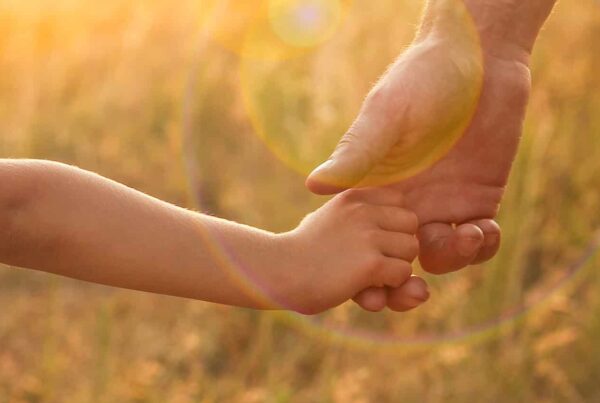Diversity representation in media has been shown to greatly influence children’s perception of self, family and their belonging in society.
However, much of the diversity in media is yet to progress from portraying ignorant stereotypes and limiting views.
This lack of accurate portrayal is evident in children’s books, where representation of diverse and blended families is severely lacking.
We tell our children that differences are good, yet we also tell them not to point out or talk about those differences, and when they do we reprimand them with phrases such as “it’s rude”, or “it’s politically incorrect”, or “that’s not nice”. This can be incredibly confusing for a child and sends mixed messages.
From an early age, we train our brains to identify sameness – we are taught to sort and group things together. “Which of these things doesn’t belong?”, “sort the apples from the bananas”, “separate the circles from the triangles”. These common exercises are teaching our children to form understandings through classification and sorting. Simply put, we are conditioned to believe that things that look the same should remain together and be separated from things that look different.
As we become adults, this inherent understanding of the world stays with us and can become problematic. We often try to label and group people, put them into boxes, help us to either relate or distance ourselves from them. We also do this to ourselves and to our own detriment.
Everyone is unique and different, so the idea of ‘sameness’ within humans is a construct of our own making. The reality is, our individual uniqueness is something we share in common and should be celebrated.
Sameness Prevails in Children’s Books
The idea of “sameness” has taken over children’s books. The books our kids are reading in school and at home, more often than not, are homogenised and not reflective of the realities of our modern world. Families in mainstream children’s books are and have historically been predominately white, certainly the main characters, and family representations in these books are hetero-normative and nuclear – generally consisting of a mum, dad, sister, and a brother.
However, we know this is not a realistic representation of the world and the communities our children live in. So why do we keep pushing this narrative? A study by the National Literacy Trust in the UK surveyed 60,000 children aged between nine and 18 on the books they read at school and in their homes. Almost one in three said they didn’t see themselves represented in what they were reading.
Stories and Images are Powerful Tools for Children’s Sense of Self
Children’s books, particularly picture books, help activate the imagination. These are tools that are crucial to the forming of self-esteem for children. From a young age, they look to their surroundings for reassurance, love and trust. Outside of parents and teachers, they turn to media and entertainment that they consume for this validation.
If they do not see themselves and people who look like them represented in stories they engage with, they are more likely to feel undervalued and disengaged. This could lead to lowered self-esteem, poor decision making and a feeling of being invisible and misunderstood. These could all have long term ramifications on their mental wellness.
When images and stories of all types of people, families, and cultures are represented, children form the understanding that their world around them matters. A diverse representation also fosters respect for diversity and makes a difference in dispelling stereotypes and prejudice.
“How We Blend” in Children’s Literature
In my family we share custody of our two beautiful children, aged six and eight, with my partner’s ex-wife, so they have three mums. Our story is not special, we are just one of many that form the divorced population of the world. However, as I was walking up and down the aisles at a children’s toy store looking for a birthday present for one of our children, I realised that our family wasn’t represented in any of the toys or books.
These are, of course, formative years. Surely reading stories about the fun adventures children their age are having within their own blended families would be self-assuring and empowering for both my children and everyone else’s! It just doesn’t make sense for such a large proportion of society to be so underrepresented when we are all exposed to so much unrecognised diversity on a regular basis.
Through this harsh realisation the ‘Howie Blend Playdate Adventures with Family and Friends’ was created. Howie Blend is about a boy named Howie Blend, his five diverse friends and the fun playdates they have together. Howie and each of his friends come from blended and diverse families, and each playdate not only invites your kids to join them in their fun, but also portrays how healthy blended family dynamics work.
Through six different stories in one book, Howie Blend and his friends show children that EVERY family is valid. They are a reflection of the children that fill our homes, our classrooms, and our nurseries. They are our present and without a doubt our future. They are a real life depiction of how we blend.
This is not a book filled with fantastical stories or make-believe which attempts to promote sameness through unrelatable storytelling and caricatures. Rather, Howie welcomes children to join in his everyday playdates with each of his five friends; validating ALL family dynamics and experiences and providing a mirror for millions of children who cannot currently see themselves in their everyday reading and play.





